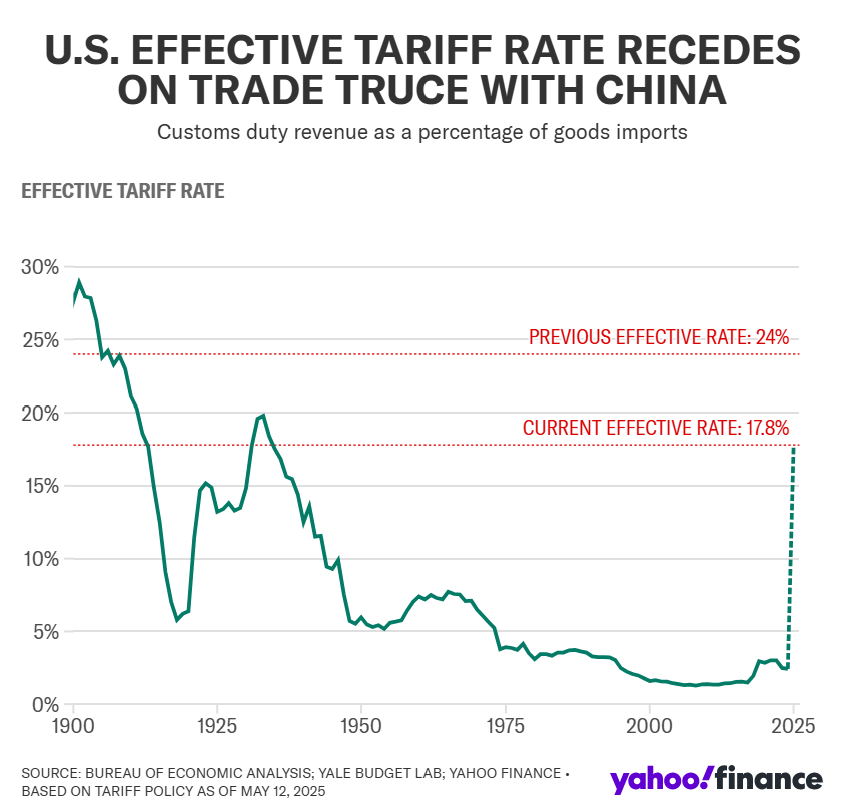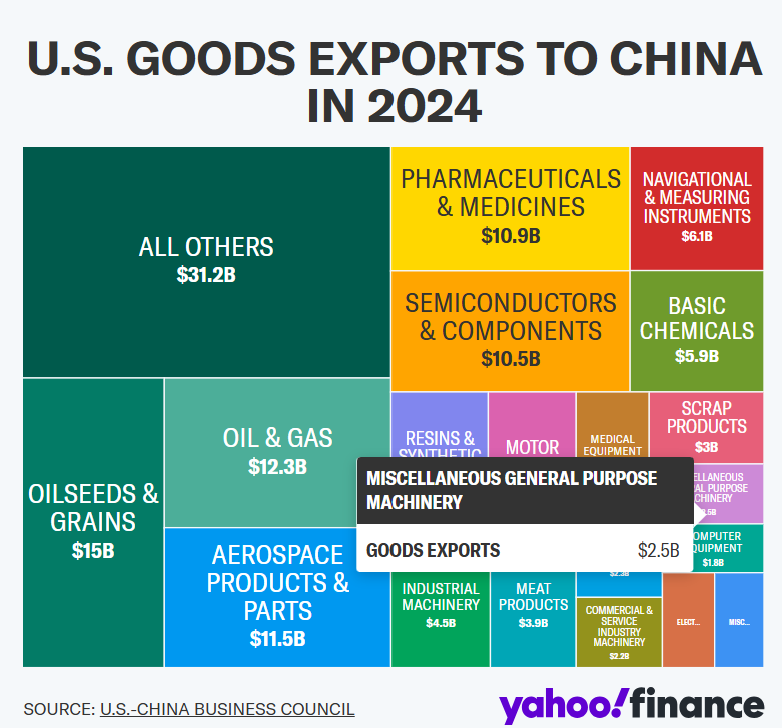“Take it or leave it,” Trump warns global trading partners as US–China reach rare earths deal and legal battles rage over sweeping duties.
In a major escalation of trade tensions, President Donald Trump announced Wednesday that the US and China have reached a trade deal framework — one that effectively sets tariffs on Chinese goods at a total of 55%. The new rate, a combination of existing duties, was revealed during comments made at the Kennedy Center, where Trump also declared his intention to unilaterally set new tariff rates for other trading partners within weeks.
“We’re just going to send letters out… this is the deal, take it or leave it,” Trump said.
What We Know So Far:
- 55% China Tariff Confirmed: Trump clarified the 55% figure is not new, but a sum of prior tariffs — including the 25% duties from his first term and a newer 30% layer.
- Rare Earths Agreement: The US and China reached a temporary agreement on rare earth mineral exports, a key source of global supply chain concern. China will ease export restrictions for just six months, according to follow-up reports.
- Chinese Student Visas Restored: Trump also confirmed the US will once again allow Chinese students into American universities — a reversal after weeks of restrictions post-Geneva talks.
- Tariff Pause May Be Extended: Treasury Secretary Scott Bessent told Congress that the current 90-day tariff pause could be extended past July 9 for 18 key trading partners, including the EU, if they continue negotiations “in good faith.”
“We are working toward deals on those… and it is highly likely we will roll the day forward,” Bessent said.
Legal & Trade Fallout:
- A federal appeals court gave Trump a temporary legal win, reinstating the contested tariffs after they were previously blocked by the US Court of International Trade, which had deemed the rollout process unlawful.
- Despite this win, legal uncertainty looms as opponents prepare further challenges.


Impact Already Felt: US Imports Plunge
- According to Descartes Datamyne, US ocean imports dropped sharply in May as Trump’s short-lived 145% tariffs froze trade with China.
- These extreme duties — now scaled back under the new 55% framework — had stalled shipments critical to retailers like Walmart and automakers, hitting major ports across the US.
- The US and China are now reverting to the previous 30% tariff, layered on top of the 25% from Trump’s first term, forming the 55% baseline moving forward.


This dramatic shift in trade policy not only reshapes the US-China economic relationship, but also forces global partners to respond — fast. From Europe to East Asia, the Trump administration’s hardline stance may revive trade wars, roil global markets, and test diplomatic ties in the months ahead.
All eyes now turn to July 9, the end of the tariff pause — and potentially, the start of a new trade storm.
Disclosure: This article does not represent investment advice. The content and materials featured on this page are for educational purposes only.
Related:
China Puts Six-Month Cap on Rare Earth Exports to US
Michael Saylor: Bear Market Is Not Coming Back And Bitcoin Is Going To $1 Million
World Bank predicts worst decade for global growth since 60s
US-China Trade Talks Enter Pivotal Day Two in London
Washington Starts to ‘De-Musk’: 5 Stocks Poised to Gain From the Shift
Trump says relationship with Musk is over and threatens him
Elon Musk Empire Under Fire: What Trump’s Revenge Could Mean for Tesla and SpaceX
“You Mean Man Who Lost His Mind?” — Trump Slams Door on Musk
Timeline of Elon Musk and Donald Trump “Break Up”
Why Trump Can’t Just Quit Elon Musk — Even After Their Public Breakup










